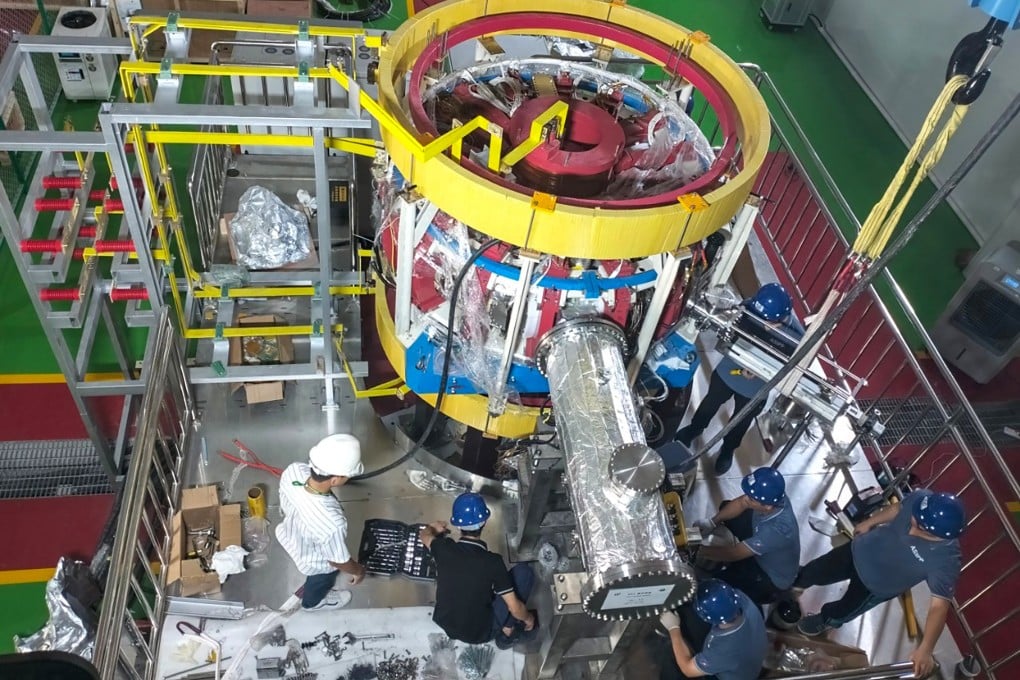Thailand debuts first tokamak with help of Chinese scientists in milestone for Southeast Asia’s clean energy research
- The reactor, which mimics the nuclear fusion process of the sun, is the first for an Asean member and is upgraded from an earlier one built by China
- Fusion energy is produced without creating greenhouse gases or nuclear radioactive waste, making it ideal for a carbon-neutral future

The device is a “fruitful result” of nuclear fusion cooperation between China and Thailand in recent years, said the state-run China News Service, adding that the Institute of Plasma Physics would continue cooperation with its counterparts in Thailand.
Fusion energy is considered the “ultimate energy” for a carbon-neutral future because the process of creating it does not emit greenhouse gases or nuclear radioactive waste. Its major by-product is helium, an inert, non-toxic gas.
In the fusion reaction that powers the sun, hydrogen nuclei collide and fuse into heavier helium atoms, releasing tremendous amounts of energy during the process.
Fusion reactions take place in a state of matter called plasma – a hot, charged gas – at temperatures of around 10 million degrees Celsius, according to the International Atomic Energy Agency.